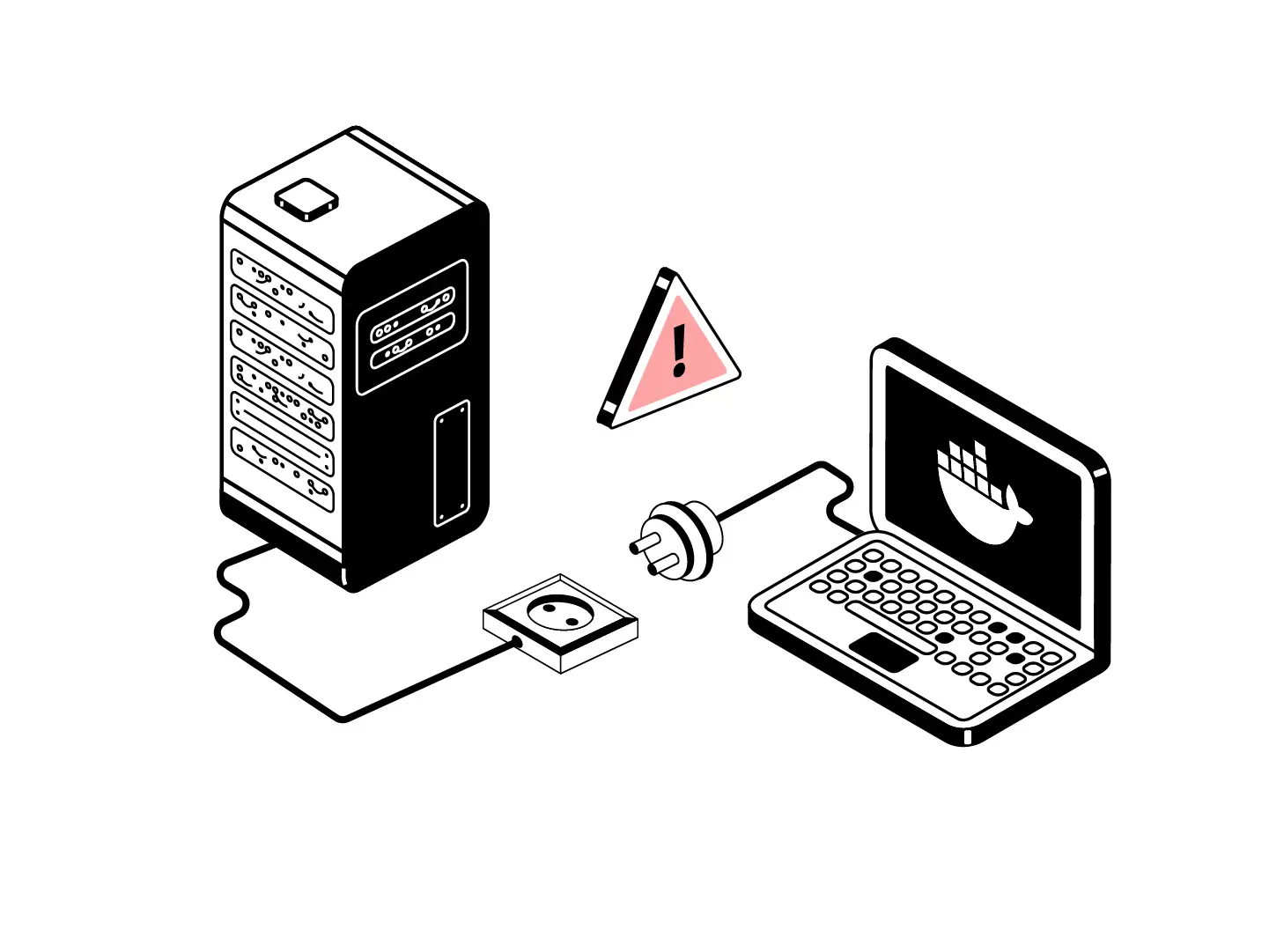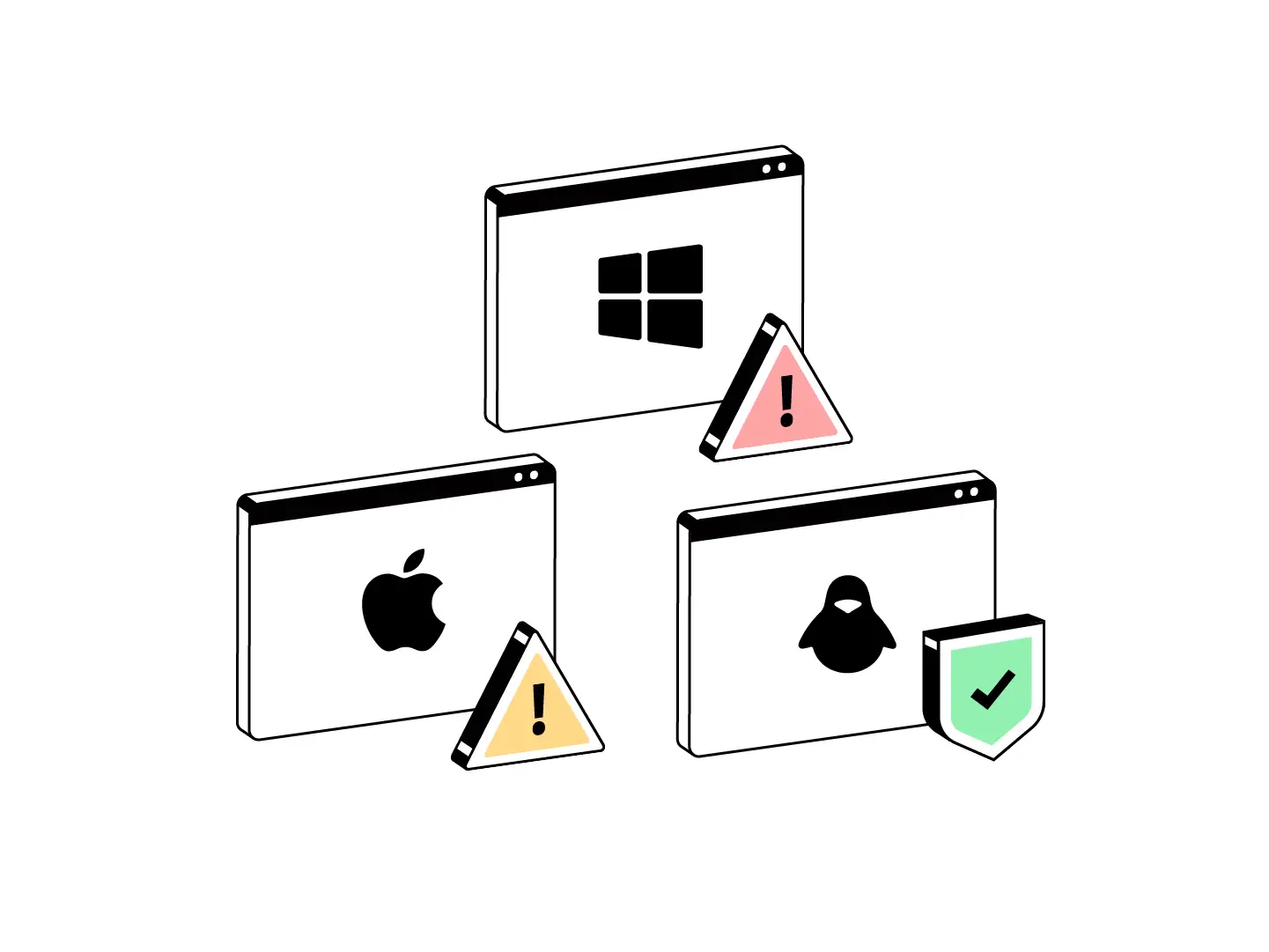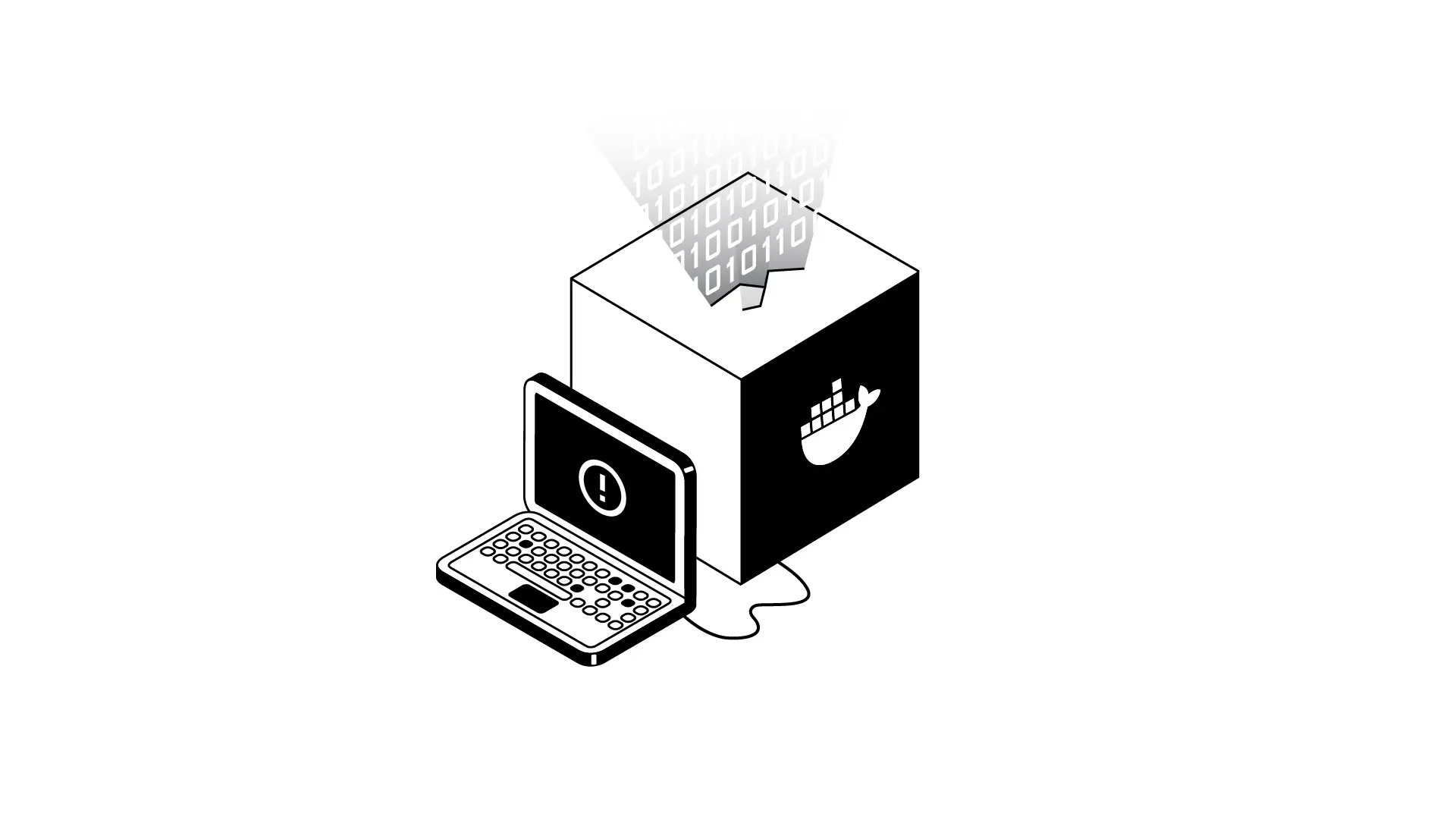Author
Philippe Dugre ("zer0x64")
A while ago, a long time friend and security researcher, Felix Boulet, contacted me regarding something he found.This blog post is about my part in analysing and testing the CVE-2025-9074 vulnerability, a critical vulnerability allowing an attacker to break out of a docker container on Docker Desktop, the Windows and MacOS version of Docker.
Finding and confirming the vulnerability
Felix was messing around with network scans from a Docker container, when he found an open port that he didn’t recognize. After a bit of investigation, he found out it was the Docker engine socket and that there was no authentication system to access it. When he found out what he had, he contacted me about it because I’ve got more experience with Docker and development in general.
The first step was to validate the vulnerability. His setup is admittedly very non-standard since he is always trying to break software, so he needed a second opinion on a fresh installation. I dusted off an old laptop, did all the Windows updates and freshly installed Docker on it. I adjusted his proof of concept to my setup and was able to exploit it, confirming the vulnerability. I then proceeded to test it on Linux and MacOS, while also refining the exploit code. It turned out that Linux is not vulnerable, for reasons which will be discussed later, but MacOS was, although with a lower impact than on Windows.
The vulnerability
The vulnerability itself is pretty simple: The Docker Engine socket should never be accessible by untrustworthy code or user. This socket is the management API for docker and having access to it grants full access to everything the docker application can do.
This obviously includes creating and deleting containers, but a more nefarious capability here is volume mounting.
Let’s say the docker engine runs a production application using a database, which also runs on docker. An attacker can simply create a new container and mount the database’s volume, which then allows him to read and write anything to the database.
An even scarier application of this, however, is mounting the host’s file system. This allows the attacker to read and write files on the host.
On Windows, since the Docker Engine runs via WSL2, the attacker can mount as an administrator the entire filesystem, read any sensitive file, and ultimately overwrite a system DLL to escalate the attacker to administrator of the host system.
On MacOS, however, the Docker Desktop application still has a layer of isolation and trying to mount a user directory prompts the user for permission. By default, the docker
application does not have access to the rest of the filesystem and does not run with administrative privileges, so the host is a lot safer than in the Window’s case. However, the attacker does still have full control of the docker application/containers and can even backdoor it by mounting and modifying the application’s configuration, which does not need any user approval.
What about Linux?
Linux does not use a TCP socket for the Docker Engine’s API. Instead, it uses a named pipe on the host’s filesystem. Unless a specific unsafe configuration is used, the container does not have access to that named pipe. Note that this vulnerability is documented and by design when doing a Docker-in-Docker setup, which shouldn’t be used in production for this very reason.
How easy is it to exploit?

When it comes to the difficulty of exploiting the vulnerability in a perfect scenario, it is indeed very easy to exploit. For my MacOS proof of concept, I only needed 3 lines of python code:
Python
import docker
client = docker.DockerClient(base_url="tcp://192.168.65.7:2375")
client.containers.run("alpine", "touch /mnt/pwned",
volumes=["/Users/<username>/:/mnt"])
This creates a “pwned” file in the user’s home directory. From there, it’s easy to simply modify the script to use the docker python package to do anything the engine can do. You can also check out Felix’s blog post about it to see his exploit that works from the CLI.
As for the setup required for exploitation, the engine must run on either Windows or MacOS. While most production systems run on Linux in the case of docker, some do use Windows Server (especially if they require the use of Windows containers). While a lesser common target, there are a lot of developers running untrusted code on docker on Windows or MacOS.
The other requirement is for the attacker to be able to reach the docker socket. While the easiest way to exploit it is via a vulnerable or malicious container that’s controlled by the attacker, another attack vector that can be used here is Server-Side Request Forgery(SSRF). This vulnerability allows an attacker to proxy requests through the vulnerable application and
reach the docker socket, the impact of which varies especially depending on the availability of HTTP requests methods (most SSRF only allows GET requests, but some niche case allows the use of POST, PATCH, DELETE methods).
Am I affected?

If you use Docker Desktop on Windows or MacOS, make sure you update to the latest version. The vulnerability has been fixed in version 4.44.3.
Thanks
I’d like to thank Felix Boulet for choosing me to help him on this issue. I’d also like to thank the Docker team, which acknowledged and fixed the issue pretty quickly while assigning proper credit.
CVE Record: https://www.cve.org/CVERecord?id=CVE-2025-9074
Felix’s Blog: https://blog.qwertysecurity.com/Articles/blog3.html
About Philippe Dugre
Based in the Montreal area, Philippe Dugre is a white-hat hacker with deep expertise in memory corruption exploits, vulnerability management, and cryptography. After years dedicated to competitive cybersecurity and honing his technical skills, he now focuses on supporting the development of future specialists in the field. He currently works as a DevSecOps at Pvotal, specializing in application security and cryptographic analysis, and contributes to safeguarding organizational assets and client interests through cutting-edge security practices.
